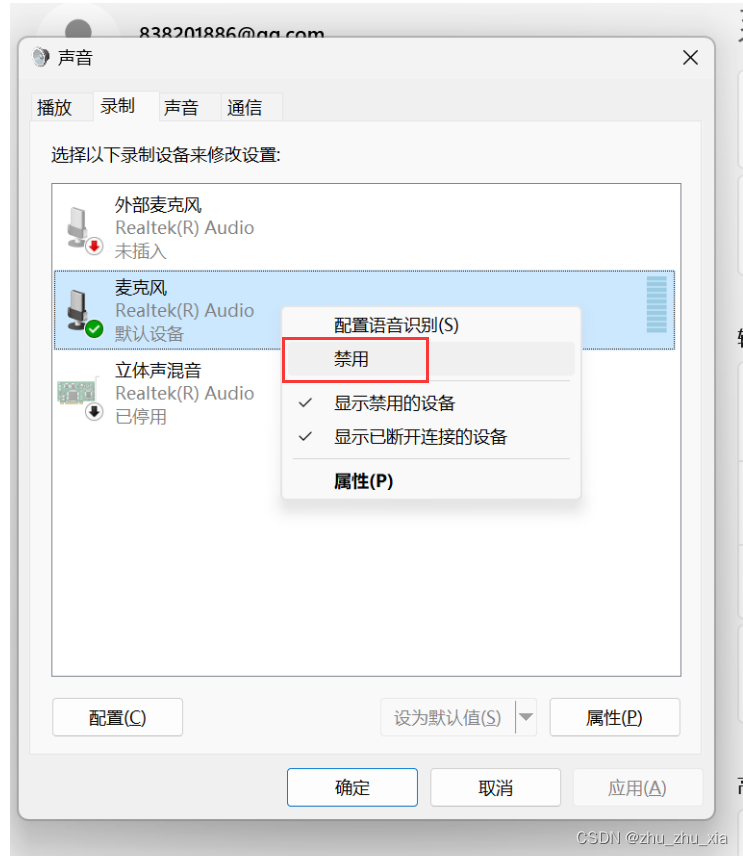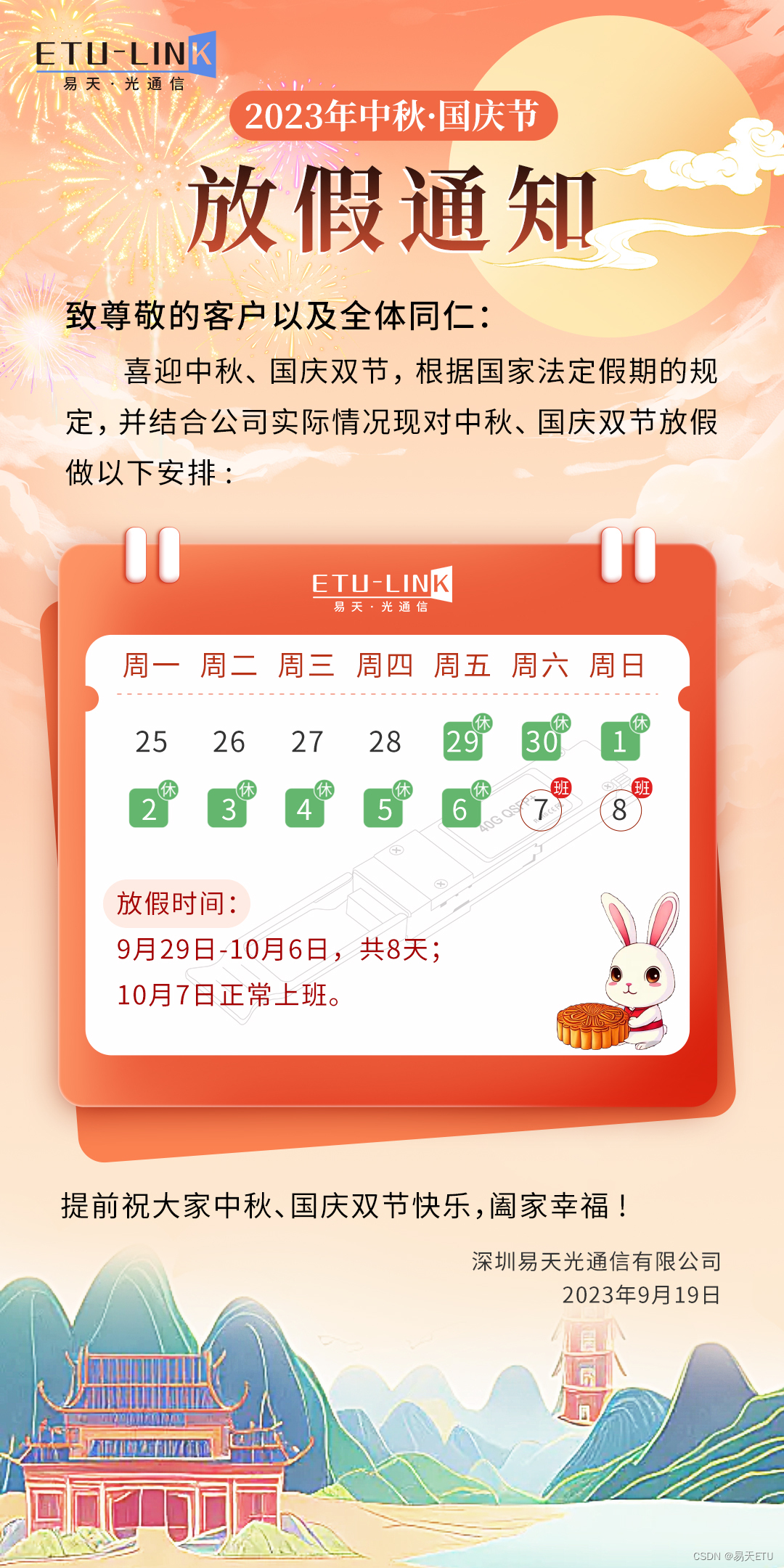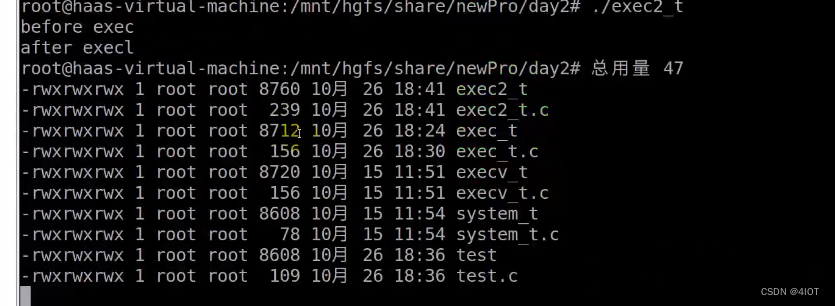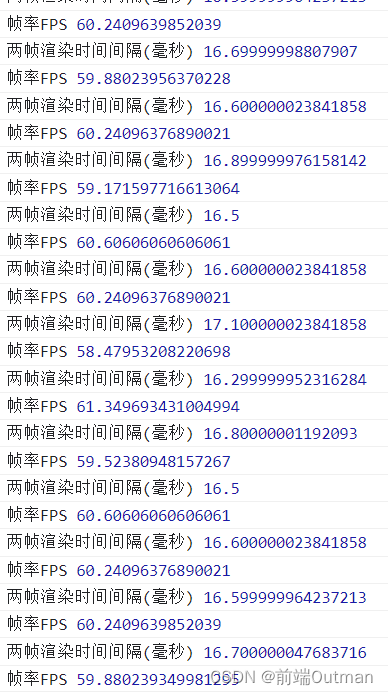一、BiFunction
二、改造上节课:四则运算
一、BiFunction
-
Function 只能接收一个参数,要传递两个参数,则用 BiFunction
-
两个参数:可以是两种不同数据类型
-
调用方法: R apply(T t, U u);
import java.util.Objects;
/**
* @param <T> the type of the first argument to the function
* @param <U> the type of the second argument to the function
* @param <R> the type of the result of the function
*/
@FunctionalInterface
public interface BiFunction<T, U, R> {
R apply(T t, U u);
}二、改造上节课:四则运算
import lombok.extern.slf4j.Slf4j;
import java.util.function.BiFunction;
@Slf4j
public class BiFunc {
public static void main(String[] args) {
int a = 20;
Float b = 5.0f;
log.info("{} + {} = {}", a, b, operation(a, b, (x, y) -> x + y));
//log.info("{} + {} = {}", a, b, operation(a, b, Float::sum));
log.info("{} - {} = {}", a, b, operation(a, b, (x, y) -> x - y));
log.info("{} X {} = {}", a, b, operation(a, b, (x, y) -> x * y));
log.info("{} / {} = {}", a, b, operation(a, b, (x, y) -> x / y));
}
public static Float operation(Integer x, Float y, BiFunction<Integer, Float, Float> of) {
return of.apply(x, y);
}
}运行结果
















![计算机视觉与深度学习-经典网络解析-VGG-[北邮鲁鹏]](https://img-blog.csdnimg.cn/bc065817335c4c4e92722bc22764435f.png)



